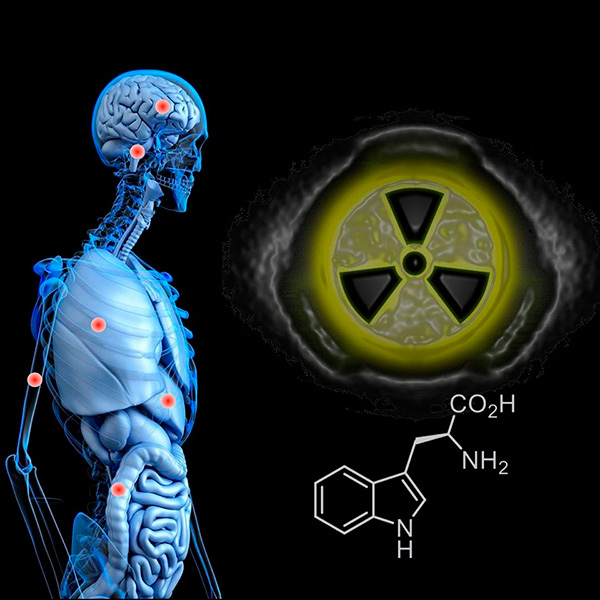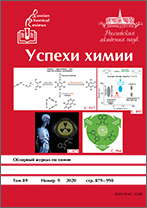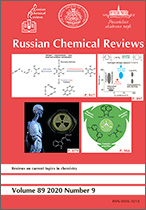|
This article is cited in 6 scientific papers (total in 6 papers)
$^{11}\mathrm{C}$- and $^{18}\mathrm{F}$-labelled tryptophans as PET-tracers for imaging of altered tryptophan metabolism in age-associated disorders
Boris D. Zlatopolskiyabcde, Heike Endepolsabcdf, Raisa N. Krasikovag, Olga S. Fedorovag, Johannes Ermerta, Bernd Neumaierabcde
a Forschungszentrum Jülich GmbH, Institute of Neuroscience and Medicine, Nuclear Chemistry (INM-5), Germany
b University of Cologne, Faculty of Medicine, Germany
c University of Cologne, University Hospital Cologne, Germany
d University of Cologne, Institute of Radiochemistry and Experimental Molecular Imaging, Germany
e Max Planck Institute for Metabolism Research, Germany
f University of Cologne, Nuclear Medicine Department, Germany
g N.P. Bechtereva Institute of the Human Brain, St. Petersburg

Abstract:
The ageing of the world's population is the result of increased life expectancy observed in almost all countries throughout the world. Consequently, a rising tide of ageing-associated disorders, like cancer and neurodegenerative diseases, represents one of the main global challenges of the 21st century. The ability of mankind to overcome these challenges is directly dependent on the capability to develop novel methods for therapy and diagnosis of age-associated diseases. One hallmark of age-related pathologies is an altered tryptophan metabolism. Numerous pathological processes including neurodegenerative and neurological diseases like epilepsy, Parkinson's and Alzheimer's diseases, cancer and diabetes exhibit marked changes in tryptophan metabolism. Visualization of key processes of tryptophan metabolic pathways, especially using positron emission tomography (PET) and related hybrid methods like PET/CT and PET/MRI, can be exploited to early detect the aforementioned disorders with considerable accuracy, allowing appropriate and timely treatment of patients. Here we review the published $^{11}\mathrm{C}$- and $^{18}\mathrm{F}$-labelled tryptophans with respect to the production and also preclinical and clinical evaluation as PET-tracers for visualization of different branches of tryptophan metabolism.
The bibliography includes 159 references.
Keywords:
tryptophan metabolism, oncology, neurodegenerative diseases, positron emission tomography, fluorine-18, carbon-11, radiolabeling.
Received: 03.03.2020
Citation:
Boris D. Zlatopolskiy, Heike Endepols, Raisa N. Krasikova, Olga S. Fedorova, Johannes Ermert, Bernd Neumaier, “$^{11}\mathrm{C}$- and $^{18}\mathrm{F}$-labelled tryptophans as PET-tracers for imaging of altered tryptophan metabolism in age-associated disorders”, Usp. Khim., 89:9 (2020), 879–896; Russian Chem. Reviews, 89:9 (2020), 879–896
Linking options:
https://www.mathnet.ru/eng/rcr4306https://doi.org/10.1070/RCR4954 https://www.mathnet.ru/eng/rcr/v89/i9/p879
|


| Statistics & downloads: |
| Abstract page: | 336 |
|



 Contact us:
Contact us: Terms of Use
Terms of Use
 Registration to the website
Registration to the website Logotypes
Logotypes